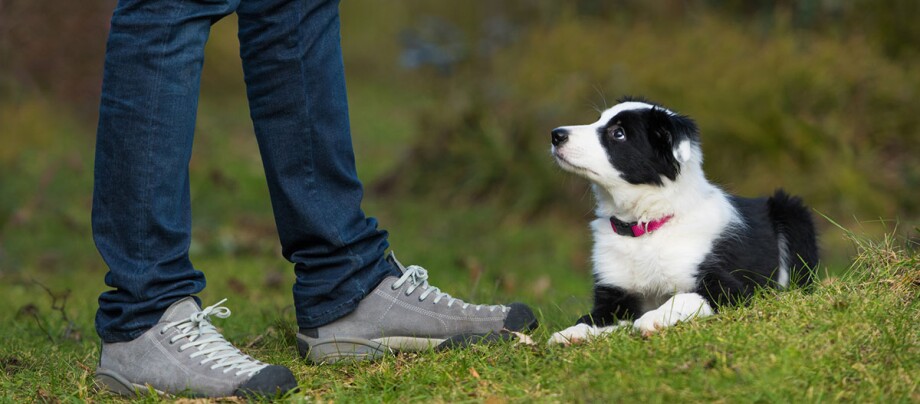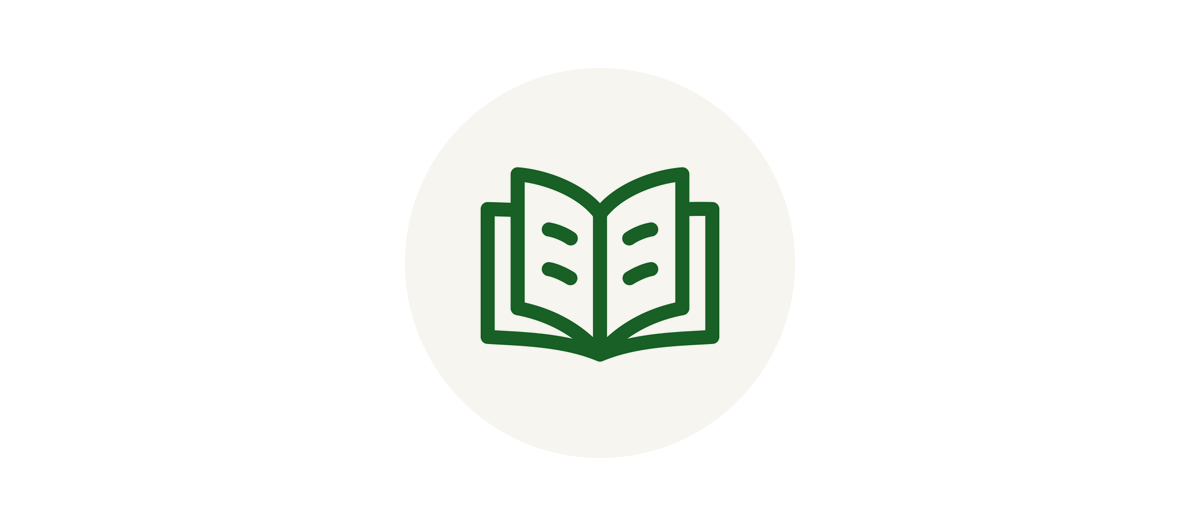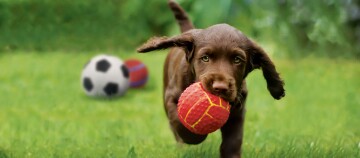Teaching a Puppy Basic Commands - It's All About the Right Timing
03.01.2023 - Reading time: 4 minutes

A puppy moves in with you and must first settle in, get to know his new surroundings and new family members. At the same time, it is important that the puppy quickly learns what he is and is not allowed to do. That's why you should start training him right away. Initial commands such as "No" can be very helpful. First of all, however, you should give the puppy some peace and quiet so that he can come to terms with being separated from his littermates, and give him a sense of security and safety.
Basic puppy commands – golden rules
When teaching a puppy commands, it is important to have their full attention.
Golden rules:
- Your dog should not be sleepy or worn out, and there should be no distractions during training. For this reason, it is advisable to practise the first commands with your dog indoors in an undisturbed location.
- Also, be careful not to overwhelm your pup so that it doesn’t build up frustration during training and lose motivation later.
- Short, five-minute training sessions several times throughout the day are ideal.
- Also, be careful not to be too strict: learning commands should be fun for your dog and make it feel good when it does something right.
- Always end the training session with a sense of achievement and then give your dog some time to rest and process what it has learned.
The first commands you should gradually teach your pup are “come”, “sit”, “down” and “stay”. Once mastered, these commands, will make everyday life with your dog much easier. If you start teaching your puppy commands right after the settling in phase, you will benefit from the fact that it is still in the socialisation phase.
Teaching a puppy commands: it's all about the right timing!
Dog training usually revolves around the principle of “reward and ignore”, meaning that desirable behaviour should be rewarded and undesirable behaviour ignored. You only have a two-second window to positively acknowledge a desired behaviour or correctly executed command, as dogs can only associate a reward or praise with a given action immediately after it has been performed. The reverse is also true. For example, if the dog is playing too rough or bites too hard, you need to stop it immediately. If you react just a second too late, the dog will not understand what it is being rewarded or ignored for, which is why proper timing is essential. To avoid overwhelming your puppy, start with simple exercises and gradually increase the level of difficulty.
Teaching a puppy commands: types of rewards
It is common practice to use treats for the first few training sessions – the kind of food your dog goes crazy for. When using treats as a reward, it is important to subtract the extra portions from the total ration to avoid overfeeding your dog. Other kinds of rewards include praise or briefly letting the dog play with its favourite toy. Find out for yourself what kinds of rewards your dog likes and mix it up to make sure your four-legged friend remain excited about what awaits after a correctly executed command. Once your dog has mastered a command, you no longer need to praise it every time, but it’s a good idea to give out rewards from time to time to keep motivation up.
Teaching a puppy commands: your dog’s name isn’t one of them
One of the most common mistakes people make when training their dog is to use its name as a command. Your puppy’s name should only ever mean “Hey, I’m talking to you, now listen to what I’m going to say or what I want you to do!” The animal’s name should only be used to draw its attention to its owner and should always be followed by the command to be carried out: you say your dog’s name, the dog looks at you, then you speak the desired command and your puppy should execute it.
If your puppy wasn’t given a name by the breeder or you’d like to give it a new one, there’s a simple trick you can use to teach it. Pick a time when the puppy won’t be distracted by anything else. Say its name in a rather high and cheerful tone of voice. As soon as your dog looks at you, praise it enthusiastically. If you repeat this exercise several times a day, your dog will probably soon consistently respond to its own name. Once your dog knows his name, you can start practising the first commands.



